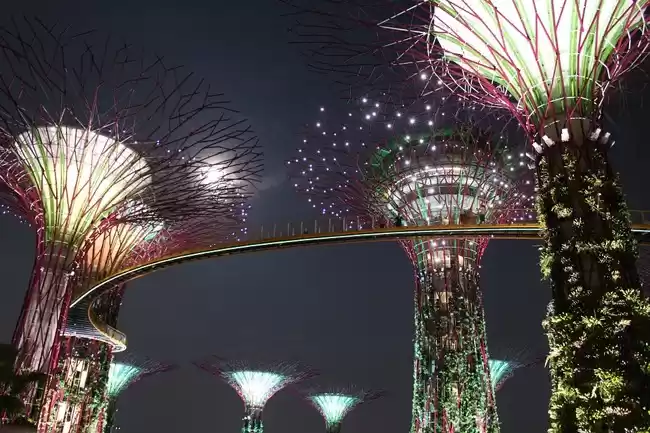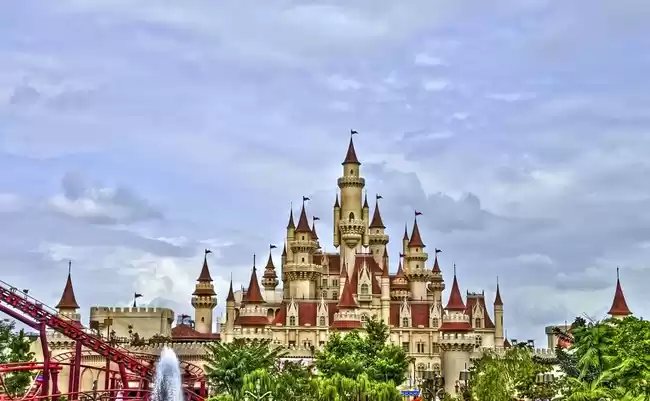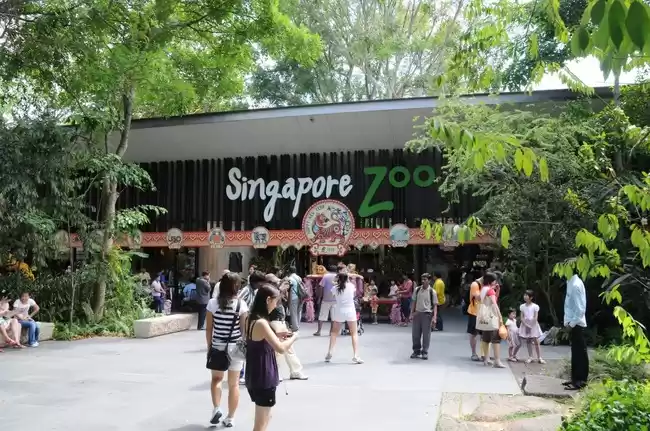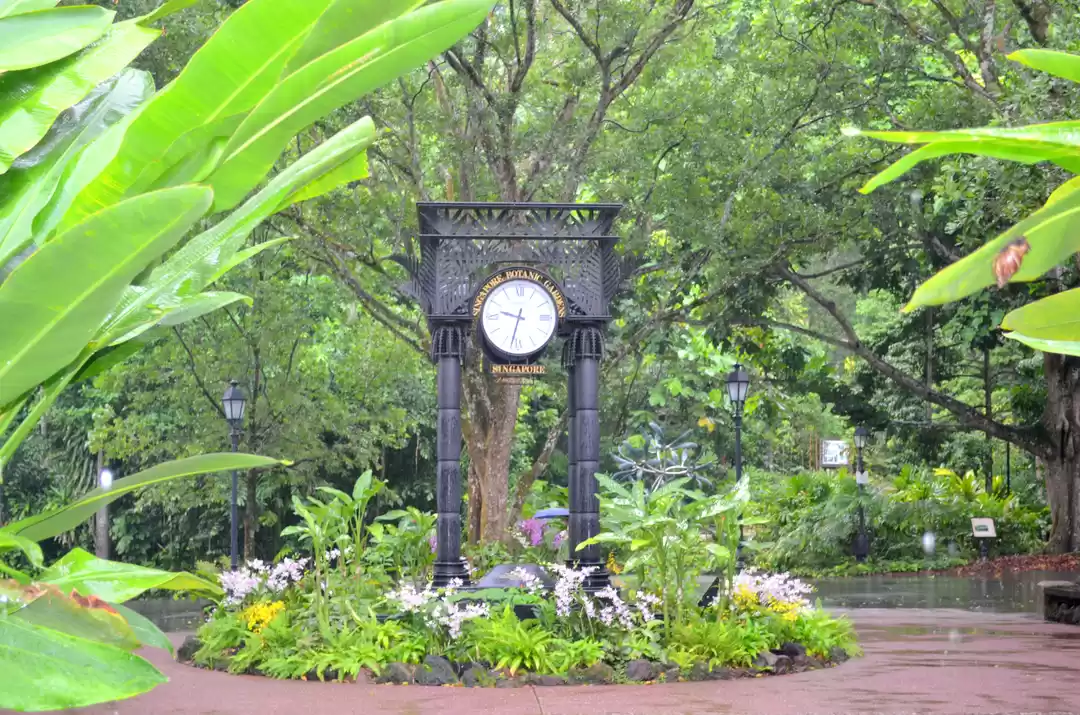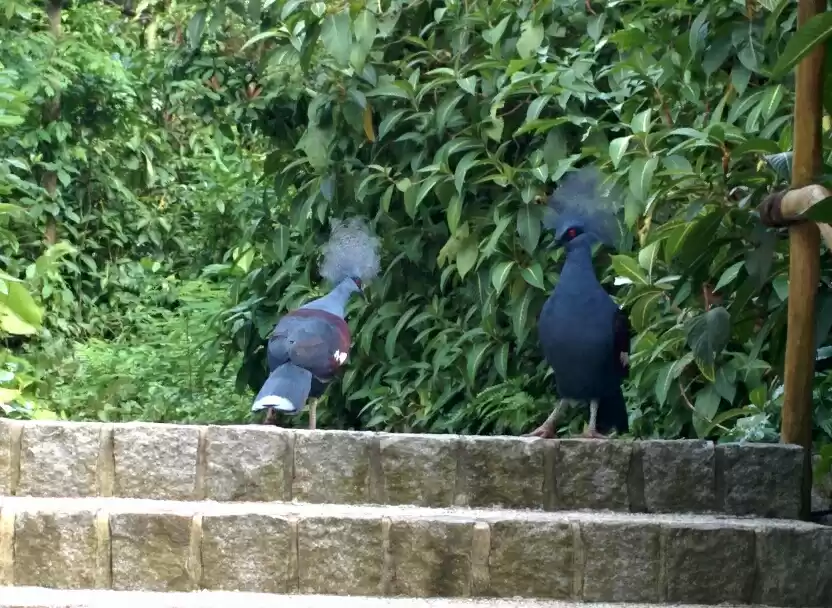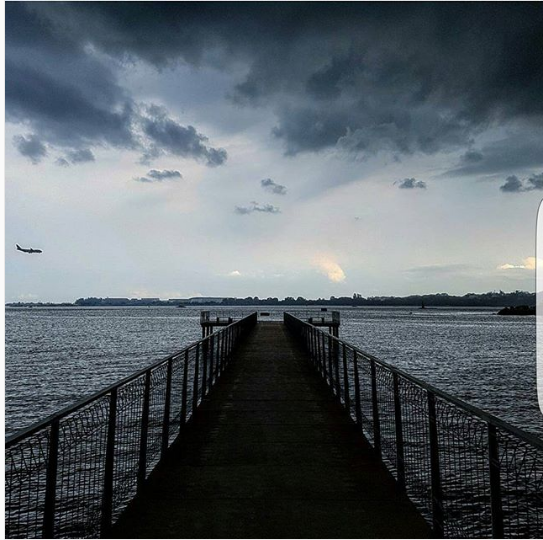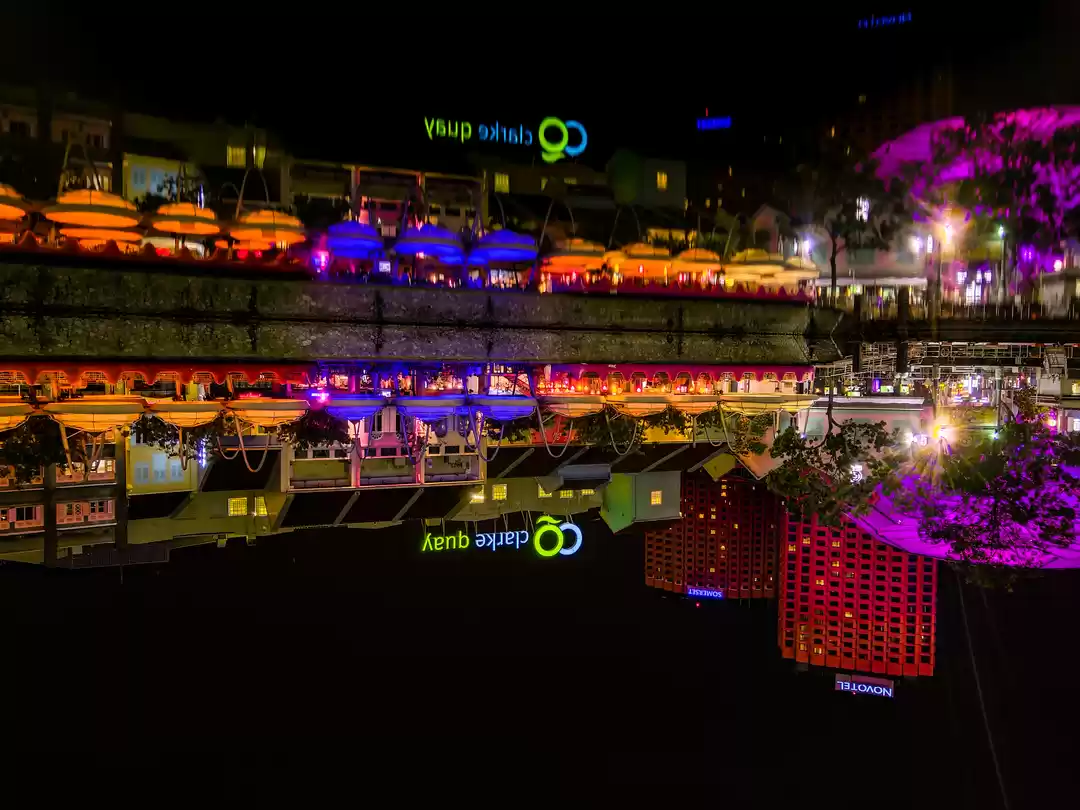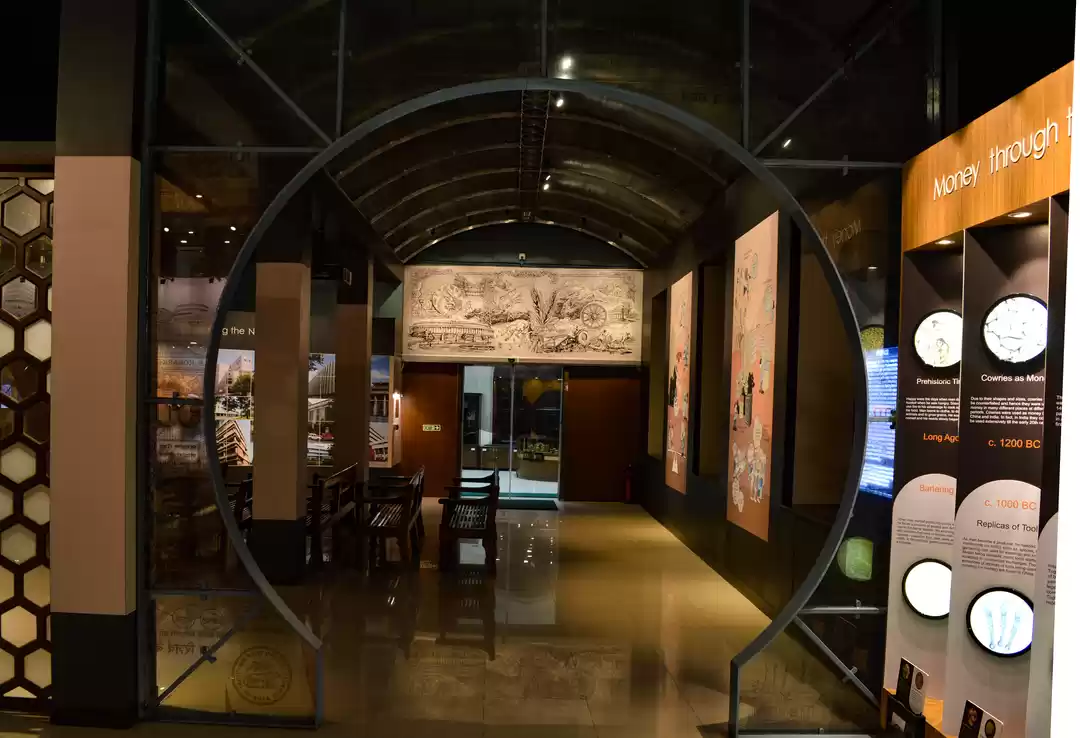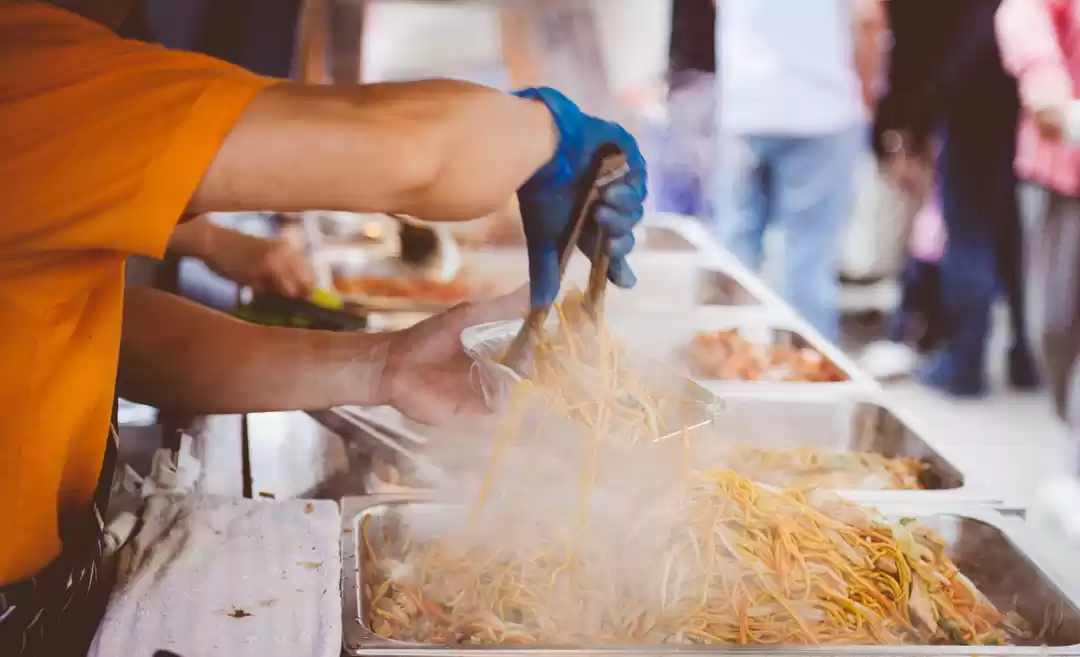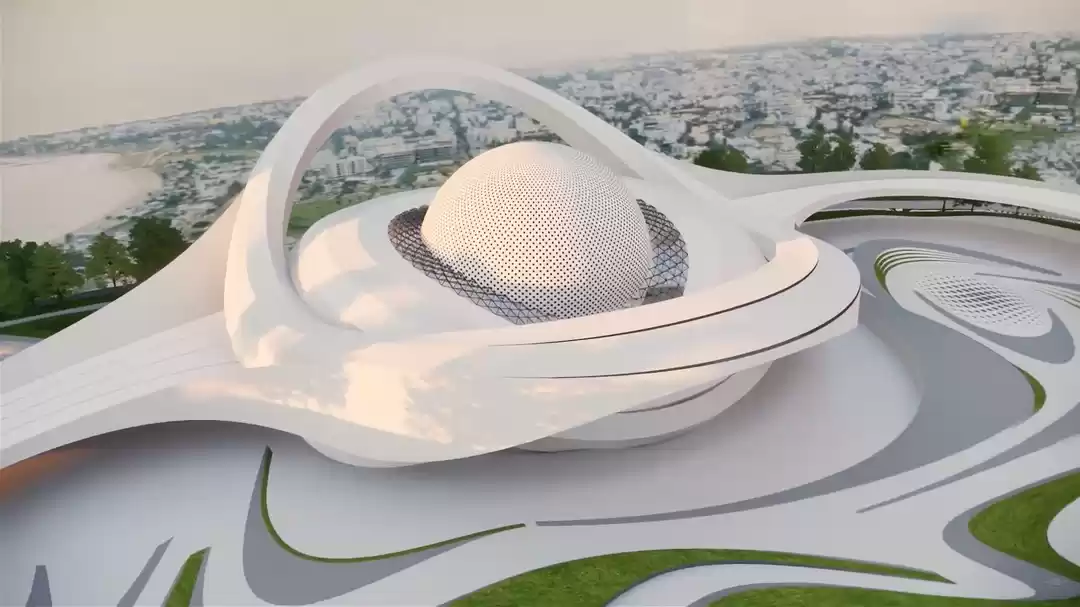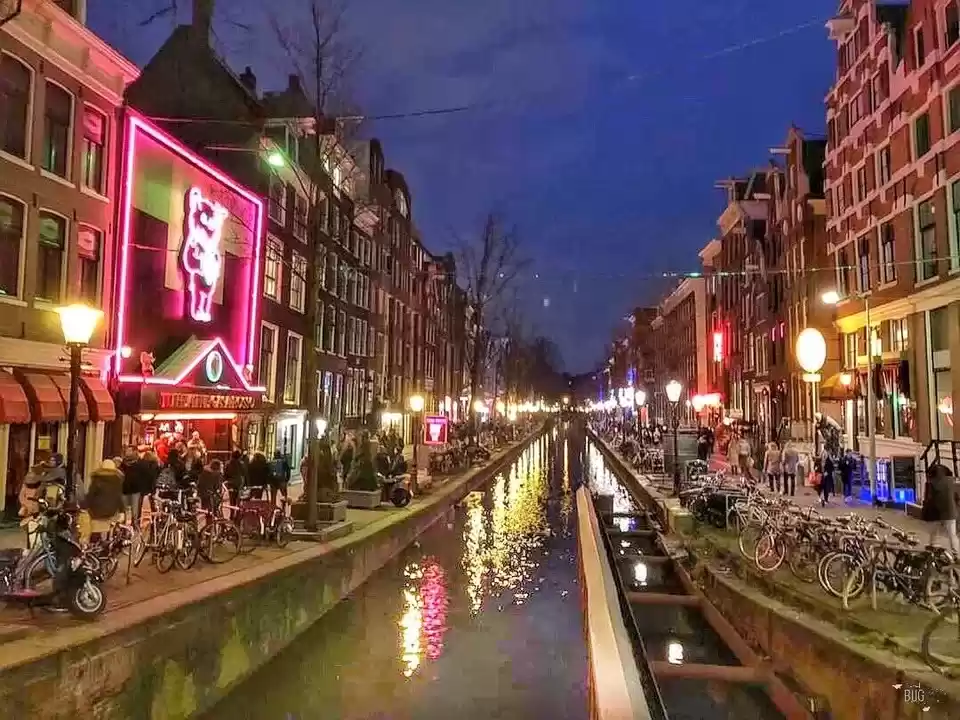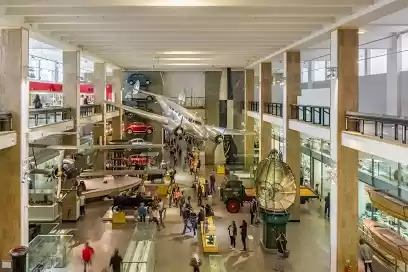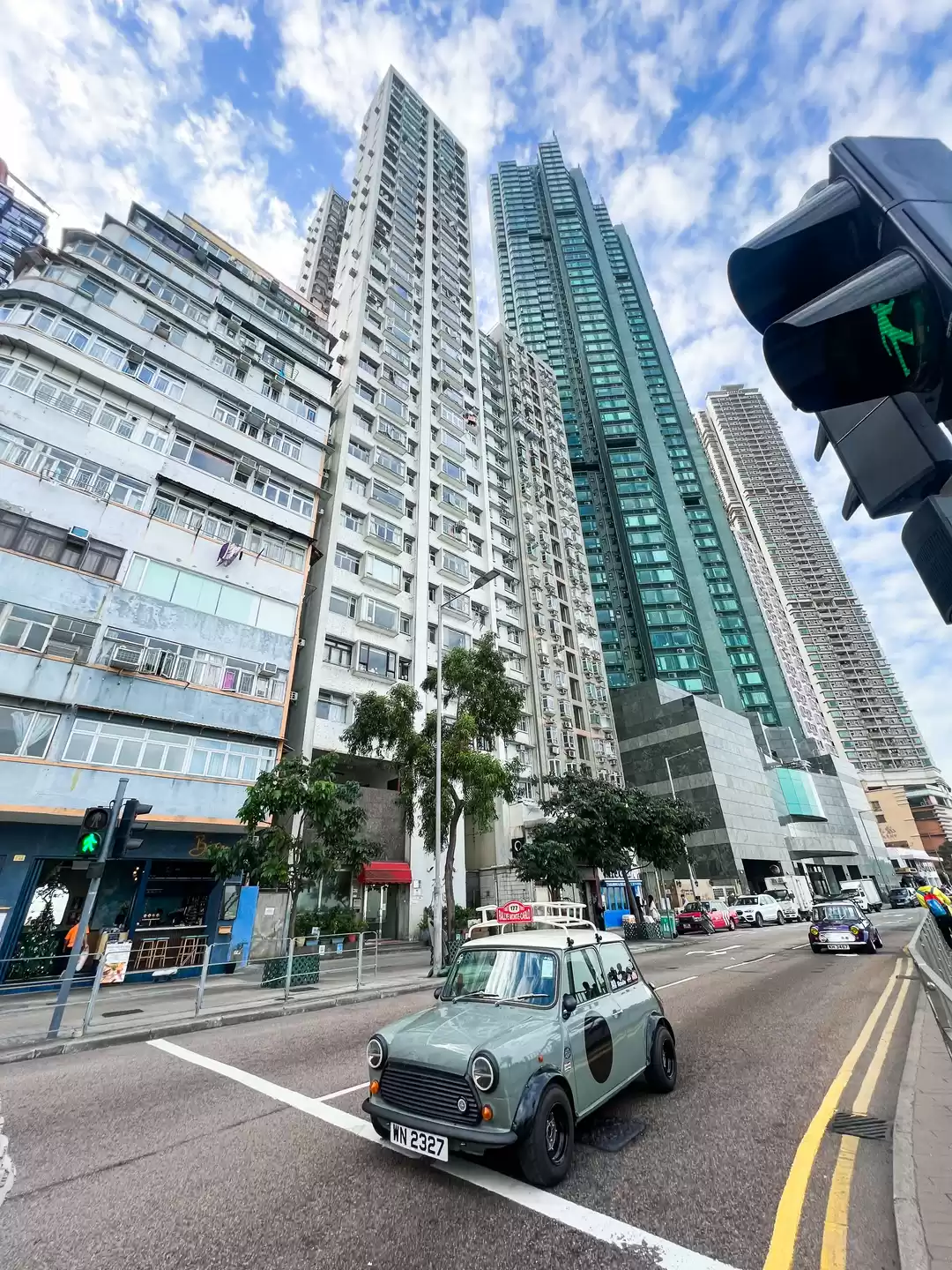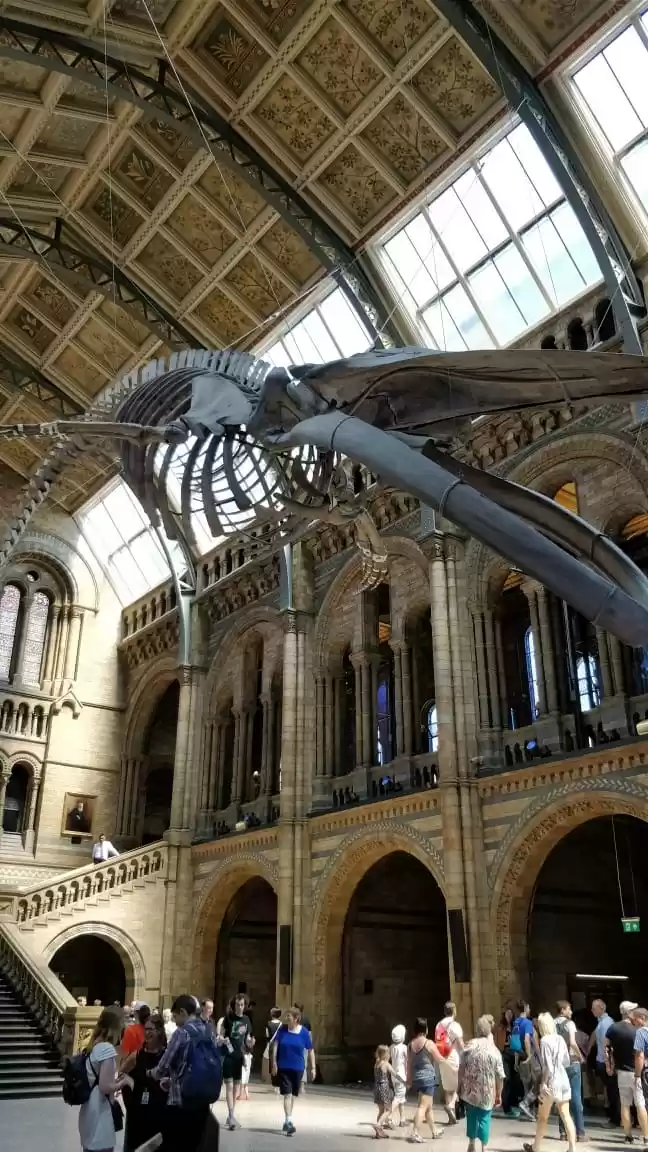Are you fascinated by the natural world and its wonders? Do you want to see the rare and spectacular dinosaur fossils that are more than 80% complete and among the best preserved in the world? Do you want to explore the diversity and beauty of life on Earth, from the past to the present, from the microscopic to the gigantic, from the terrestrial to the aquatic, from the living to the extinct? If you answered yes to any of these questions, then you should visit the Lee Kong Chian Natural History Museum in Singapore, the only natural history museum in Southeast Asia that houses an impressive collection of natural history specimens, including the fossil skeletons of three sauropod dinosaurs.
In this article, we will guide you through everything you need to know about the Lee Kong Chian Natural History Museum, such as what to see, how to visit, and why to visit. Whether you are a nature lover, a history buff, a science enthusiast, or a curious traveller, you will find something to enjoy and learn at this museum. So, read on and discover the natural wonders of Singapore and the world at the Lee Kong Chian Natural History Museum.
What to See at the Lee Kong Chian Natural History Museum
The Lee Kong Chian Natural History Museum is divided into six zones, each with its own theme and exhibits. Here are the main attractions and exhibits that you should not miss at the museum:

Dinosaur Zone
The Dinosaur Zone is the highlight of the museum, featuring the fossil skeletons of three diplodocid sauropods, Prince, Apollo, and Twinky, that are more than 80% complete and rare among dinosaur fossils. These fossils were discovered in Wyoming, USA, in 2007 and 2009, and were donated to the museum by philanthropist Dr. Lee Seng Gee in 2012. They are estimated to be about 150 million years old and belong to the Jurassic period. The fossils are displayed in a spectacular pose, as if they are walking towards the visitors, and are accompanied by other dinosaur-related exhibits, such as skulls, eggs, footprints, and models. You can also learn more about the history, significance, and features of these fossils, as well as the interactive and educational elements, such as touch screens, videos, and quizzes, that will enhance your understanding and appreciation of these ancient creatures.

Heritage Gallery
The Heritage Gallery traces the history and evolution of the museum and its predecessors, from the Raffles Museum of Biodiversity Research to the current Lee Kong Chian Natural History Museum. You can see historical artefacts and specimens that showcase the milestones, achievements, and challenges of the museum and its staff over the years, such as the founding of the museum by Sir Stamford Raffles in 1823, the development of the museum’s collection and research, the impact of the World War II and the Japanese Occupation, the relocation and renovation of the museum, and the opening of the new museum in 2015. You can also learn more about the museum’s vision and mission, as well as the interactive and educational elements, such as audio guides, timelines, and stories, that will enrich your knowledge and respect for the museum and its legacy.
Biodiversity Gallery
The Biodiversity Gallery showcases the diversity of life on Earth, from plants to animals, from fungi to microorganisms. You can see various exhibits that display the classification, adaptation, and conservation of different groups of organisms, such as mammals, birds, reptiles, amphibians, fish, insects, crustaceans, molluscs, corals, sponges, algae, ferns, mosses, fungi, bacteria, and viruses. You can also learn more about the museum’s collection and research, as well as the interactive and educational elements, such as specimens, models, diagrams, and games, that will inspire your curiosity and appreciation of nature and its wonders.

Life in Water
The Life in Water zone displays the marine life and ecosystems, from coral reefs to mangroves, from deep sea creatures to plankton. You can see various exhibits that display the ecology, behaviour, and threats of different marine organisms, such as sharks, rays, turtles, dolphins, whales, seals, penguins, octopuses, squids, jellyfish, starfish, sea urchins, crabs, lobsters, shrimps, clams, snails, worms, corals, anemones, sponges, algae, and plankton. You can also learn more about the museum’s collection and research, as well as the interactive and educational elements, such as specimens, models, videos, and experiments, that will fascinate and educate you about the life in water and its conservation.
Life on Land
The Life on Land zone displays the terrestrial life and ecosystems, from rainforests to savannas, from deserts to mountains. You can see various exhibits that display the ecology, behaviour, and threats of different terrestrial organisms, such as elephants, rhinos, giraffes, zebras, lions, tigers, leopards, bears, pandas, monkeys, apes, kangaroos, koalas, sloths, armadillos, anteaters, hedgehogs, rabbits, rodents, bats, birds, reptiles, amphibians, insects, spiders, scorpions, centipedes, millipedes, plants, fungi, and lichens. You can also learn more about the museum’s collection and research, as well as the interactive and educational elements, such as specimens, models, videos, and experiments, that will amaze and inform you about the life on land and its conservation.
Life in the Air
The Life in the Air zone displays the aerial life and ecosystems, from birds to bats, from insects to flying reptiles. You can see various exhibits that display the ecology, behaviour, and threats of different aerial organisms, such as eagles, hawks, owls, parrots, hummingbirds, toucans, hornbills, flamingos, pelicans, penguins, ducks, geese, swans, cranes, storks, herons, ostriches, emus, cassowaries, kiwis, bats, flying foxes, flying squirrels, flying lemurs, flying snakes, flying lizards, flying frogs, flying fish, dragonflies, butterflies, moths, bees, wasps, flies, beetles, pterosaurs, and archaeopteryx. You can also learn more about the museum’s collection and research, as well as the interactive and educational elements, such as specimens, models, videos, and experiments, that will dazzle and enlighten you about the life in the air and its conservation.
How to Visit the Lee Kong Chian Natural History Museum
The Lee Kong Chian Natural History Museum is located at the National University of Singapore, in the southwest part of Singapore. Here are some practical information that you need to know before you visit the museum:
How to Reach
You can reach the museum by various modes of transportation, such as MRT, bus, taxi, or car. Here are the directions, fares, and travel time for each mode:
MRT: The nearest MRT station to the museum is Kent Ridge Station on the Circle Line. From there, you can take the NUS Internal Shuttle Bus D2 from the bus stop opposite the station and alight at the Museum Bus Stop. The fare is $1.40 and the travel time is about 15 minutes.
Bus: You can also take public buses from different parts of Singapore and alight at the NUS Raffles Hall Bus Stop or the Opposite NUS Raffles Hall Bus Stop. The bus numbers are 10, 33, 95, 151, 183, 188, 200. From there, you can walk for about 10 minutes to the museum. The fare is $1.40 and the travel time varies depending on the traffic and the origin.
Taxi: You can also take a taxi from anywhere in Singapore and ask the driver to drop you off at the Lee Kong Chian Natural History Museum. The fare varies depending on the distance, time, and surcharges, but it is usually around $20 to $30. The travel time also varies depending on the traffic and the origin, but it is usually around 30 to 45 minutes.
Car: You can also drive your own car or rent a car and park at the Car Park 3A near the museum. The parking fee is $0.02 per minute from Monday to Saturday, 8.30 am to 10 pm, and free on Sundays and public holidays. The travel time also varies depending on the traffic and the origin, but it is usually around 30 to 45 minutes.
When to Visit
The best time to visit the museum depends on your preference and availability, but here are some factors to consider, such as the weather, crowd, and events, with a monthly breakdown of the pros and cons of each month:
January: The weather is usually hot and humid, with occasional rain and thunderstorms. The crowd is usually moderate, as it is the peak season for tourism.
February: The weather is usually hot and humid, with occasional rain and thunderstorms. The crowd is usually high, as it is the Chinese New Year period and many local and international visitors flock to the museum and other attractions. There may be special events and activities at the museum to celebrate the festive season, such as lion dances, lanterns, and workshops.
March: The weather is usually hot and humid, with occasional rain and thunderstorms. The crowd is usually low, as it is the off-peak season for tourism and most visitors have returned to their normal routines. There may be fewer events and activities at the museum, but it is a good time to enjoy the museum at your own pace and avoid the queues and crowds.
April: The weather is usually hot and humid, with occasional rain and thunderstorms. The crowd is usually moderate, as it is the school holiday period and many families and students visit the museum and other attractions. There may be more events and activities at the museum, such as workshops, talks, and tours, to cater to the younger and more curious audience.
May: The weather is usually hot and humid, with occasional rain and thunderstorms. The crowd is usually high, as it is the Vesak Day period and many local and international visitors flock to the museum and other attractions. There may be special events and activities at the museum to celebrate the religious and cultural occasion, such as flowers, candles, and prayers.
June: The weather is usually hot and humid, with occasional rain and thunderstorms. The crowd is usually high, as it is the school holiday period and many families and students visit the museum and other attractions. There may be more events and activities at the museum, such as workshops, talks, and tours, to cater to the younger and more curious audience.
July: The weather is usually hot and humid, with occasional rain and thunderstorms. The crowd is usually moderate, as it is the off-peak season for tourism and most visitors have returned to their normal routines. There may be fewer events and activities at the museum, but it is a good time to enjoy the museum at your own pace and avoid the queues and crowds.
August: The weather is usually hot and humid, with occasional rain and thunderstorms. The crowd is usually high, as it is the National Day period and many local and international visitors flock to the museum and other attractions. There may be special events and activities at the museum to celebrate the national and patriotic occasion, such as flags, songs, and parades.
September: The weather is usually hot and humid, with occasional rain and thunderstorms. The crowd is usually low, as it is the off-peak season for tourism and most visitors have returned to their normal routines. There may be fewer events and activities at the museum, but it is a good time to enjoy the museum at your own pace and avoid the queues and crowds.
October: The weather is usually hot and humid, with occasional rain and thunderstorms. The crowd is usually moderate, as it is the school holiday period and many families and students visit the museum and other attractions. There may be more events and activities at the museum, such as workshops, talks, and tours, to cater to the younger and more curious audience.
November: The weather is usually hot and humid, with occasional rain and thunderstorms. The crowd is usually low, as it is the off-peak season for tourism and most visitors have returned to their normal routines. There may be fewer events and activities at the museum, but it is a good time to enjoy the museum at your own pace and avoid the queues and crowds.
December: The weather is usually hot and humid, with occasional rain and thunderstorms. The crowd is usually high, as it is the Christmas and New Year period and many local and international visitors flock to the museum and other attractions. There may be special events and activities at the museum to celebrate the festive and joyful occasion, such as lights, decorations, and gifts.
You can also check the museum’s website for the latest updates on the opening hours, closure dates, and events and activities, as they may change due to the COVID-19 situation and other factors.
What to Bring
Before you visit the museum, you should prepare some items and documents to bring for the visit, such as:
Tickets: You should book your tickets online in advance, as the museum has a limited capacity and may not accept walk-in visitors. You can book your tickets online through the museum’s website or through third-party platforms. You should print your tickets or save them on your phone, and show them at the entrance of the museum.
Identification: You should bring your identification, such as your passport, identity card, or driver’s license, and show it at the entrance of the museum, especially if you are eligible for a discounted ticket, such as a senior, a student, or a family.
Water: You should bring your own water bottle, as the museum does not have any water dispensers or vending machines. You can refill your water bottle at the toilets or the cafeteria outside the museum. You should stay hydrated, as the museum can be hot and humid, especially in the afternoon.
Snacks: You should bring your own snacks, as the museum does not have any food outlets or vending machines. You can eat your snacks at the designated areas outside the museum, such as the benches or the picnic tables. You should not eat or drink inside the museum, as it may damage the exhibits or attract pests.
Camera: You should bring your camera or phone, as the museum allows photography and videography for personal and non-commercial use. You can take photos and videos of the exhibits and the museum, as long as you do not use flash, tripod, or selfie stick. You can also share your photos and videos on social media, using the hashtag #LKCNHM.
Phone: You should bring your phone, as the museum has free Wi-Fi and a mobile app that you can use to enhance your visit. You can connect to the Wi-Fi using the password LKCNHM, and download the app from the App Store or Google Play. The app has features such as audio guides, maps, quizzes, and games, that will make your visit more fun and informative.
You should pack and store your items and documents in a small and comfortable bag, such as a backpack or a sling bag, that you can carry with you throughout the museum. You should not bring any large or bulky items, such as luggage, strollers, or umbrellas, as the museum does not have any lockers or storage facilities. You should also follow the rules and regulations of the museum, such as wearing a mask, keeping a safe distance, and not touching the exhibits.
Why to Visit the Lee Kong Chian Natural History Museum
There are many reasons to visit the Lee Kong Chian Natural History Museum, but here are some of the main ones that will convince you to book your tickets right away:
Learn about the natural history of Singapore and the world
The Lee Kong Chian Natural History Museum is a treasure trove of knowledge and discovery, where you can learn about the natural history of Singapore and the world, from the past to the present, from the microscopic to the gigantic, from the terrestrial to the aquatic, from the living to the extinct. You can see and touch real specimens, models, and artefacts that tell the stories of nature and its wonders, such as the rare and spectacular dinosaur fossils, the diverse and colourful biodiversity specimens, and the historical and cultural heritage artefacts. You can also listen and watch audio guides, videos, and documentaries that explain the facts, stories, and insights behind the exhibits, as well as the museum’s collection and research. You can also play and experiment with interactive features, games, and quizzes that test your knowledge and curiosity, as well as the museum’s mobile app that enhances your visit. Whether you are a nature lover, a history buff, a science enthusiast, or a curious traveller, you will find something to enjoy and learn at this museum.
Enjoy the natural wonders of the museum’s collection
The Lee Kong Chian Natural History Museum is a place of wonder and awe, where you can enjoy the natural wonders of the museum’s collection, from the rare and spectacular dinosaur fossils, to the diverse and colourful biodiversity specimens, to the historical and cultural heritage artefacts. You can marvel at the size, shape, and beauty of the exhibits, such as the three sauropod dinosaur fossils that are more than 80% complete and among the best preserved in the world, the hundreds of thousands of biodiversity specimens that represent the diversity and beauty of life on Earth, and the thousands of heritage artefacts that reflect the history and culture of the museum and its predecessors. You can also have fun, interact, and educate yourself with the interactive and educational features and activities that the museum offers, such as touch screens, videos, quizzes, workshops, talks, and tours, that will make your visit more fun and informative.
Support the museum’s mission and vision
The Lee Kong Chian Natural History Museum is a place of inspiration and action, where you can support the museum’s mission and vision, to inspire curiosity, appreciation, and respect for nature and its conservation, to advance scientific knowledge and discovery, and to contribute to the cultural and social development of Singapore and the region. You can support the museum by visiting, donating, becoming a member, or giving feedback, and help the museum to continue its work and impact. You can also spread the word and share your experience with your friends, family, and social media, using the hashtag #LKCNHM, and encourage others to visit and support the museum as well.
So, what are you waiting for? Book your tickets online now and visit the Lee Kong Chian Natural History Museum, the only natural history museum in Southeast Asia that houses an impressive collection of natural history specimens, including the fossil skeletons of three sauropod dinosaurs.
You will not regret it, as you will have a memorable and meaningful experience that will enrich your mind, heart, and soul.
Thank you for reading this article and we hope to see you soon at the museum. Please share and rate this article if you found it helpful and informative.

